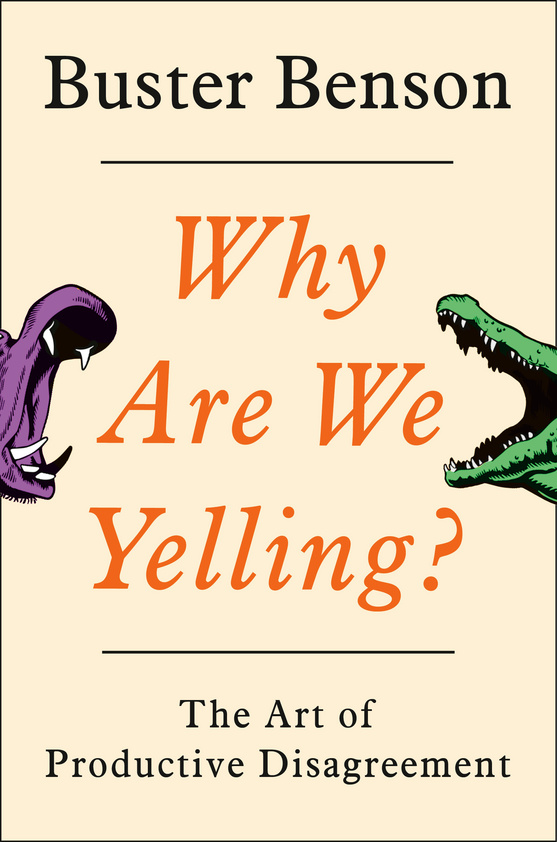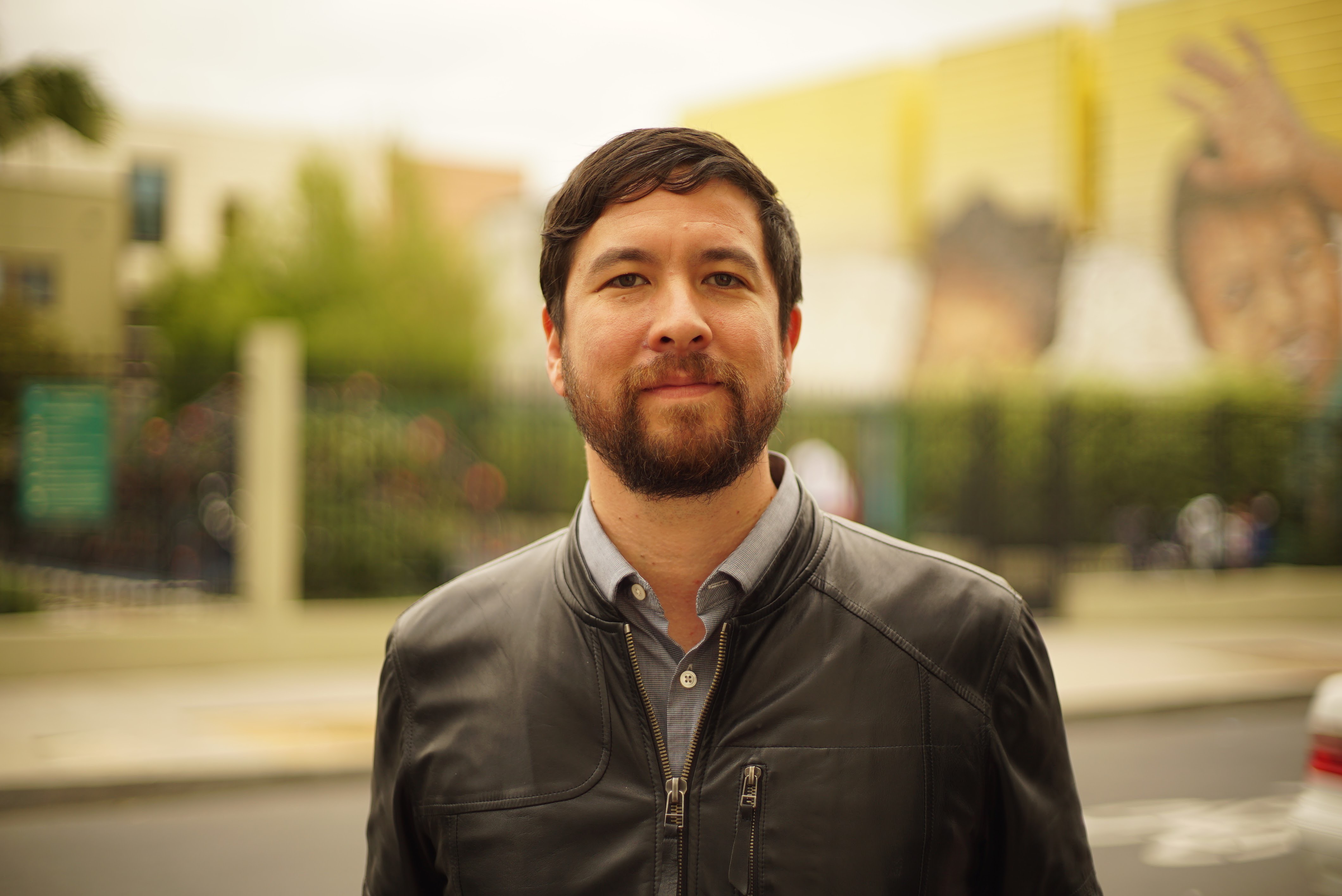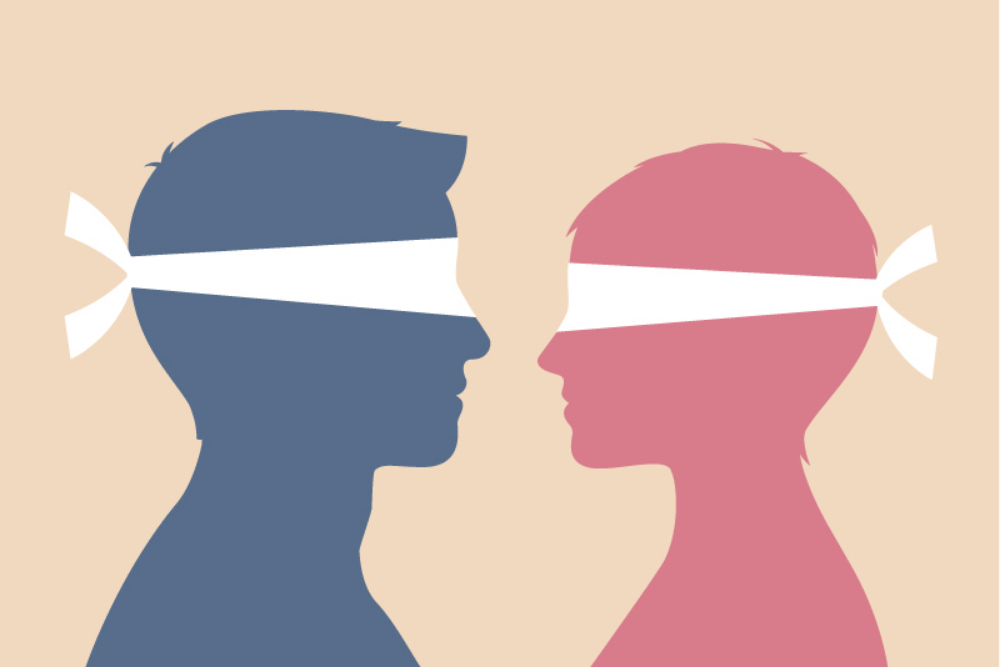Develop Honest Bias
If you take nothing else away from this chapter, take these four steps on the path toward developing honest bias.
STEP 1: Opt-in. Developing honest bias requires us first and foremost to wake up to our own blindness and to stop trying to pretend it doesn’t exist. Only you can decide if you’re up for the challenge of taking it on.
STEP 2: Observe (beginner level). Take steps to reduce the amount of time and energy you spend trying to hide or ignore your biases and blind spots. For example, read up on information in this chapter to get familiar with the variety of biases. Notice when your defenses are triggered and check whether
(a) you’re really in danger right now, or (b) there’s an opportunity to learn from a new perspective (even in a small way).
STEP 3: Repair (intermediate level). Take steps to reduce the time and energy it takes for you to identify and begin to repair inadvertent damage caused by your biases and blind spots. For example, when you notice a blind spot, look into it and identify people and ideas that may have been undervalued or harmed by you and others. Look for ways to reverse that trend and repair damage.
STEP 4: Normalize (advanced level). Take steps to reduce the time and energy others have to spend challenging your blind spots and recruiting you to address the damage that you’ve contributed to. For example, actively seek out information and perspectives that challenge your own. Invite the best representatives of positions you don’t agree with to productive disagreements. Actively attempt to falsify your own beliefs.
Steps 2 through 4 are essentially working toward the same goal of reducing harm caused by our biases, but the beginner level is reactive to incoming information and the intermediate and advanced levels become increasingly proactive about seeking it out. For step 1, which is all about accepting that bias exists and opting into addressing this fact, here’s a contract with yourself for accepting your bias that you can adopt or modify to fit your own preferred aesthetic. It’s a modified version of a contract in white fragility that has been expanded to encompass all forms of bias. Mull over these statements and feel free to rephrase them in your own words.
I will try to accept my bias, which means I’m willing to:
- Acknowledge my limitations and unique perspective.
- Invite diverse perspectives to the table.
- Listen generously when others point out my blind spots.
- Be willing to accept the discomfort that this inevitably brings as a welcome gift.
In some ways that I can see, and other ways that I can’t, I will always be forced to take some strategic shortcuts that systemically neglect certain kinds of information because of constraints of attention, meaning, time, resources, and memory. Nobody can escape bias, including me. Without these strategies, I would become paralyzed by uncertainty.
The strategies that I have to use also systemically neglect certain kinds of information that will disadvantage and harm certain people in a way that I will not be aware of without a lot of work.
Efforts to avoid bias are primarily about seeking comfort, which results in maintaining the status quo.
I must not confuse comfort for growth. Honest bias is rarely comfortable; discomfort is key to my growth, and desirable.
My biases are reinforced by my surroundings. This includes the communities around me, the products and services that I use in order to stay informed about the world, and even the institutions that I belong to.
There is no cure for bias, but it can be managed with honest self-reflection, requests for thoughtful feedback, and a willingness to address feedback directly however it comes to me.
Bias is deadly. We can’t avoid it, and not addressing it isn’t an option. This is an uncomfortable realization that I must nevertheless carry with me wherever I go.
I don’t have permission to give up on trying to remove bias from my thoughts and actions. I can’t allow myself to become paralyzed by the fact that I can never fully trust my own thought processes.
Paul Saffo, a forecasting expert and professor at Stanford University, wrote a popular essay titled “Strong Opinions Weakly Held.” The title has become a bit of a mantra for many people in the tech sector because it offers a slightly unintuitive but practical way to keep one foot in action and one foot in acceptance of imperfect thinking.
Allow your intuition to guide you to a conclusion, no matter how imperfect—this is the “strong opinion” part. Then—and this is the “weakly held” part—prove yourself wrong. Engage in creative doubt. Look for information that doesn’t fit, or indicators that are pointing in an entirely different direction. Eventually your intuition will kick in and a new hypothesis will emerge out of the rubble, ready to be ruthlessly torn apart once again. You will be surprised by how quickly the sequence of faulty forecasts will deliver you to a useful result.
It’s not that different from Muhammad Ali’s famous advice to “float like a butterfly, sting like a bee.” Floating like a butterfly means we should be willing to change our minds easily and often, always looking for the positions that are a better fit for the situation. Stinging like a bee means that we still need to lean on those positions heavily and make decisions and take decisive action based on them.
We have to do this and invite feedback about our blind spots and be willing to see them without getting defensive and correct them in whatever way we can. This is not a cynical or futile or meaningless pursuit. Robin DiAngelo sums it up well:
It’s a messy, lifelong process, but one that is necessary to align my professed values with my real actions. It is also deeply compelling and transformative.
Developing honest bias will eliminate an entire category of unproductive disagreement from our lives that comes about when we think what we’re seeing is an unfiltered view of reality. When your beliefs are challenged by family members, spouses, coworkers, or friends, instead of leaping immediately to the conclusion that they’re wrong, you can instead ask yourself if you might be missing something that they can see but you can’t.
Instead of saying, “I know I’m right!” say, “I’m not seeing what you’re seeing. Can you help me get there?” You don’t have enough information yet to know if what you think they are saying is what they’re actually saying. Instead of getting angry, get curious. Doing so will radically change your relationships to people, ideas, and the world by allowing new perspectives to reach you that would have otherwise been immediately dismissed. It will change which kinds of dissonance spark anxiety across the board and will create space for the voice of possibility to be heard more frequently and clearly.

Excerpt from Why Are We Yelling?: The Art of Productive Disagreement by Buster Benson, to be published on November 19th by Portfolio, an imprint of Penguin Publishing Group, a division of Penguin Random House, LLC. © 2019 by Buster Benson with permission from the author and publisher.
Follow us here and subscribe here for all the latest news on how you can keep Thriving.
Stay up to date or catch-up on all our podcasts with Arianna Huffington here.


